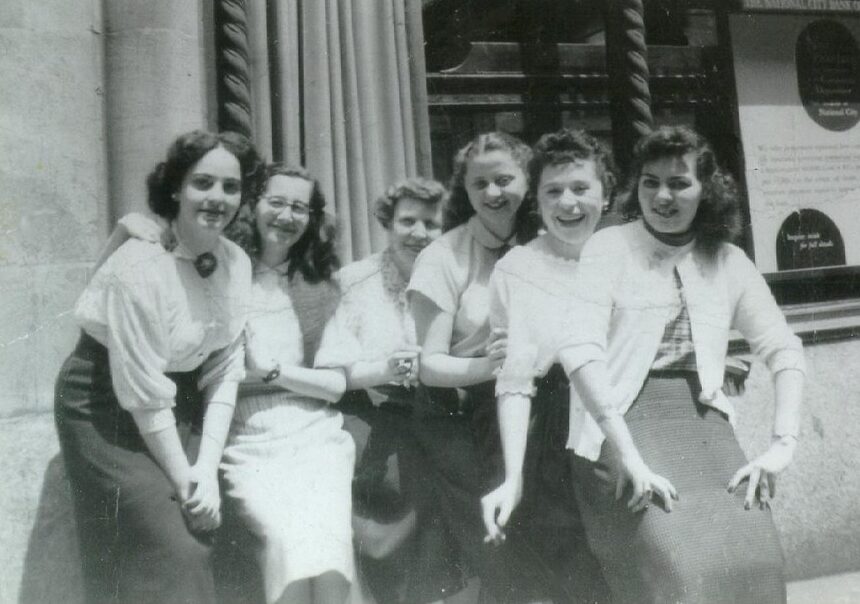
Work habits from back in the day might feel like ancient history, but they used to be the backbone of office life. From punching in with a time card to swapping business cards face-to-face, how we worked has changed big time. Check out these 15 work habits from decades ago that are pretty much gone now.
Dress Codes and Suits

Once upon a time, office attire was all about stiff suits, dress shoes, and ironed shirts. No questions asked. If you didn’t have a suit, you were probably judged in some way. But over the years, many companies have shifted to “casual Friday” and even embraced work-from-home attire like hoodies and sweatpants.
Handwritten Memos

If you were in an office decades ago, you probably remember stacks of handwritten memos flying around. They were formal, they were official, and you could be sure your message was received. Today, we can communicate instantly with colleagues through emails, Slack, or Teams, and some companies even have AI assistants handling your daily memos!
Paper Filing Systems
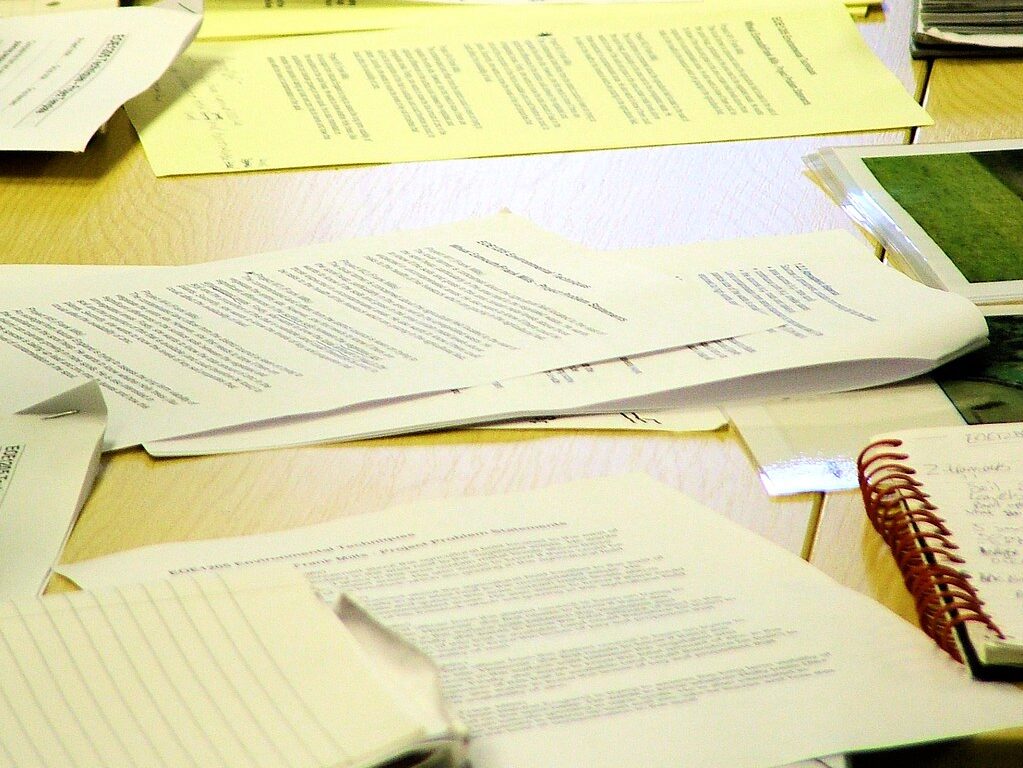
There was a time when an office without a filing cabinet was pretty much unthinkable. Every document, whether it was a client contract or an office memo, had to be physically tucked away in drawers and folders. As much as it kept things neat, it was also a nightmare if someone misfiled something. Now, with cloud storage and digital docs, you can access anything, anytime, from anywhere.
Manual Data Entry
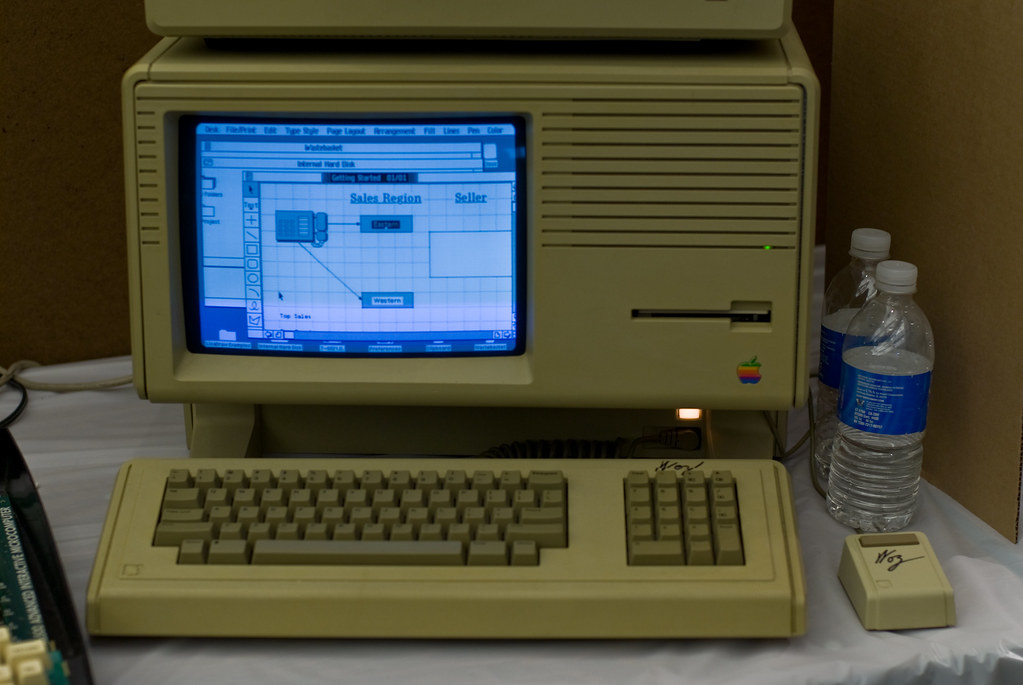
In the past, workers spent hours filling out forms or typing data into spreadsheets. If you’ve ever spent a whole day entering data manually, you know how grueling and error-prone it could be. Now, automation tools do a lot of this work for us. Machine learning and AI can help fill out forms and handle repetitive tasks faster than any human could. Some companies hire only those employees who know how to use AI tools.
Answering Machines
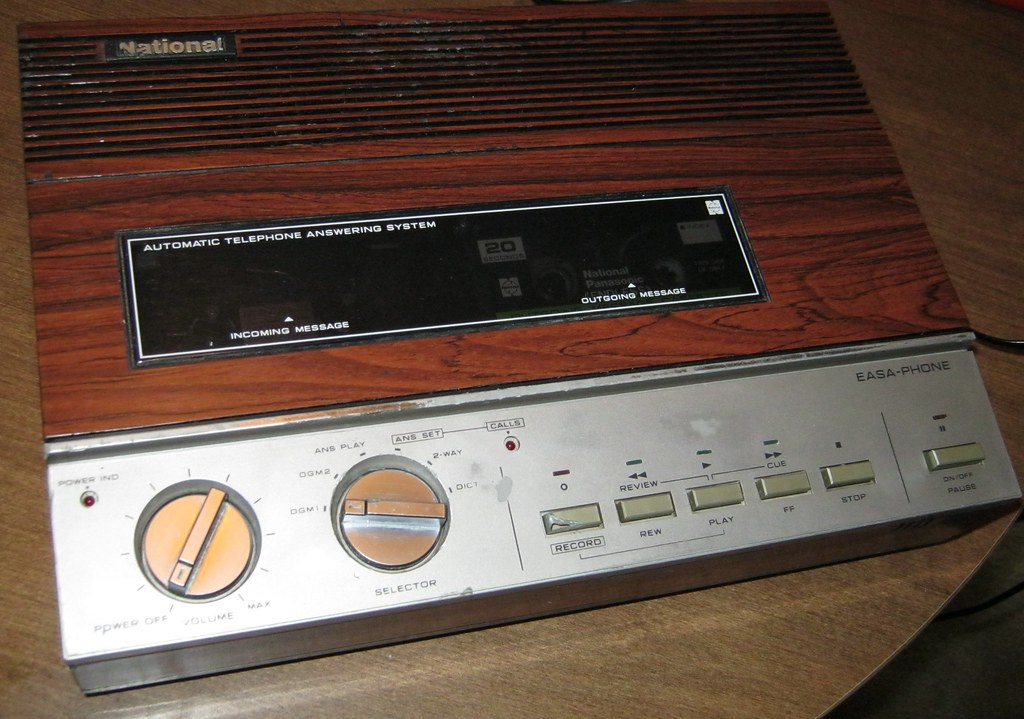
Who remembers the magic of the answering machine? You’d call into your office phone and hear the robotic voice asking you to leave a message. The best part was when you’d rush home to check your messages (remember those blinking red lights?). These days, voicemail has almost disappeared and has been replaced by instant messaging and email. Honestly, voicemail seems so slow now, almost like sending a letter by horse and buggy when you could text someone.
Long Lunch Breaks

Back in the day, you’d get a solid hour or more for lunch. It was a time to leave the office, go out with coworkers, and take a break. Fast forward to today, and lunch breaks are usually much shorter, and many people just eat at their desks while working. If you’re lucky, you might get a longer break on special days, but the “lunch hour” is almost a rare treat now.
Typing Pools
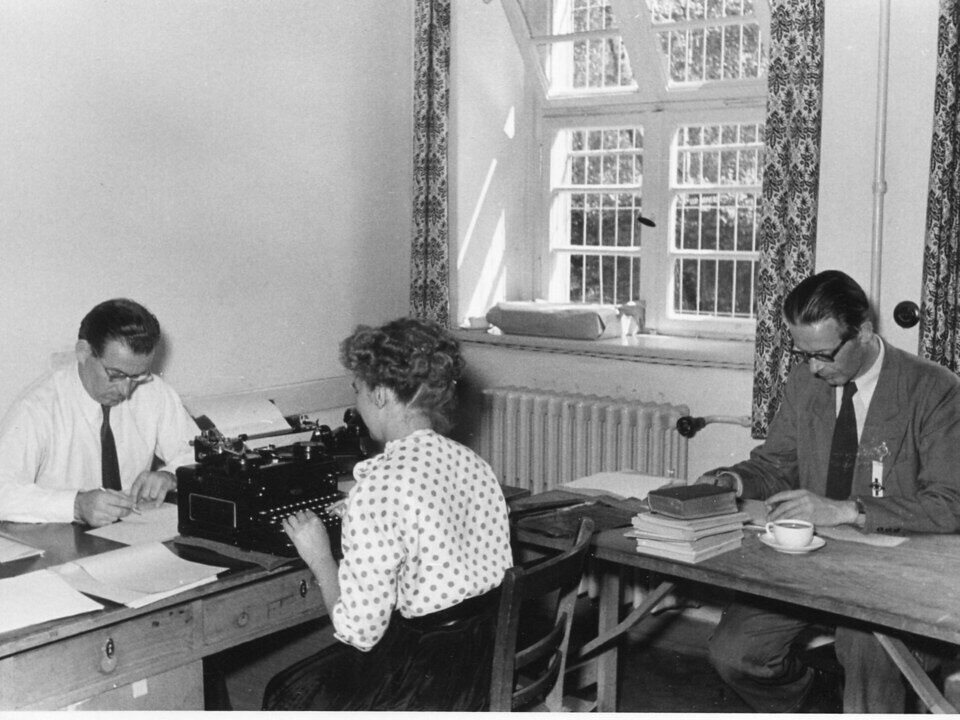
Back in the 1960s and 70s, offices often had a “typing pool,” where a group of workers (usually women) were in charge of typing up documents, memos, or letters. These people were the unsung heroes who made sure everything was polished and ready to go. Today, everyone types their own emails and docs. It’s a job that’s disappeared, but now we’ve all got spellcheck and a ton of fonts at our fingertips.
Desk Phones
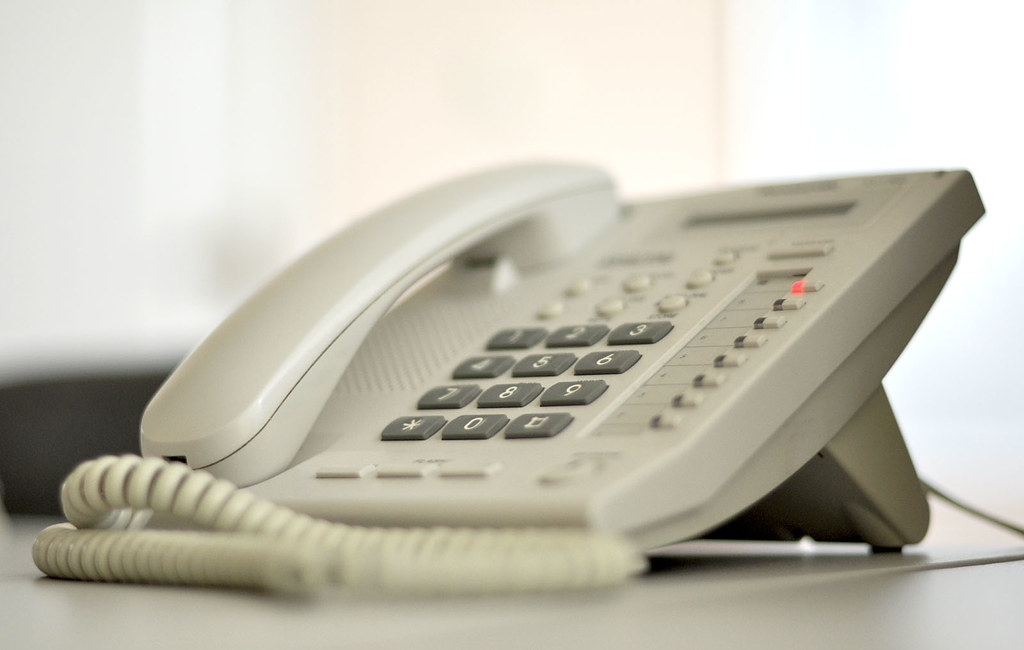
Once upon a time, everyone had a desk phone with a long cord. When someone called, it would ring super loud across the office, and you’d have to pull your chair back to answer it. But now, desk phones are quickly becoming a thing of the past. People are more likely to reach you on your cell, via Zoom calls, or even chat apps. Some companies have ditched desk phones altogether, using digital solutions to handle calls.
Faxing Documents
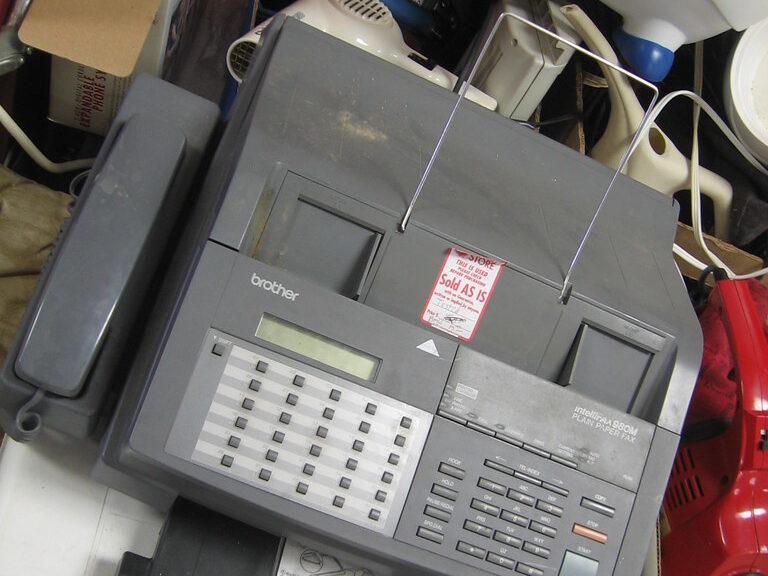
Before the internet and email took over, fax machines were the fastest way to send important documents. You’d get the number, dial it in, and wait for the beeping sound to tell you that your document had been successfully sent. It was like magic… if magic were slow and made lots of noise. These days, sending documents digitally through email or cloud storage is faster, more reliable, and more secure. Goodbye, fax machines—hello, PDF!
Punching the Time Clock
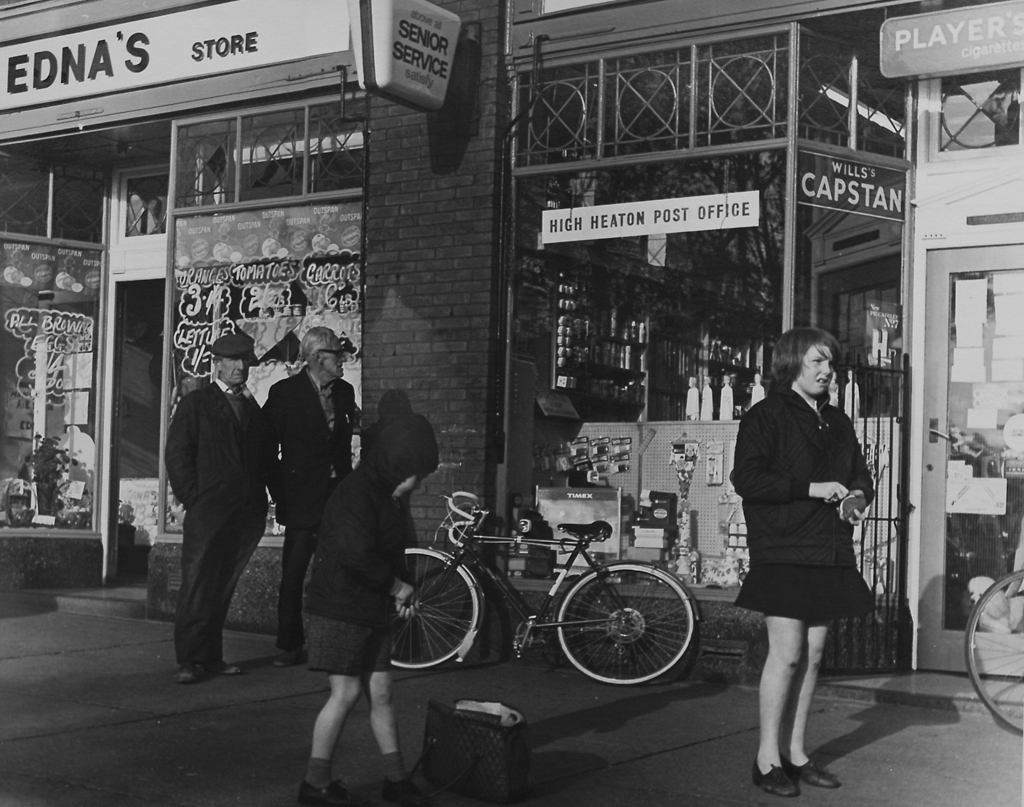
Remember how you had to punch every time you arrived and left work in the time clock? It was a ritual for every employee in the past. You’d slide your card into the machine, and it would stamp the exact time you clocked in or out. Fast forward to today, and most companies use digital time tracking or even trust employees to just show up on time without needing to clock in and out.
Smoking in the Office

Once, smoking indoors was common in office settings. There would be designated smoking areas in the office, and sometimes even people puffing away at their desks (crazy, right?). Thankfully, with the rise of health awareness and smoking bans, you’ll now find smoke-free offices in most places. The idea of lighting up a cigarette in a shared workspace seems pretty wild now, and that’s a good thing.
Physical Bulletin Boards
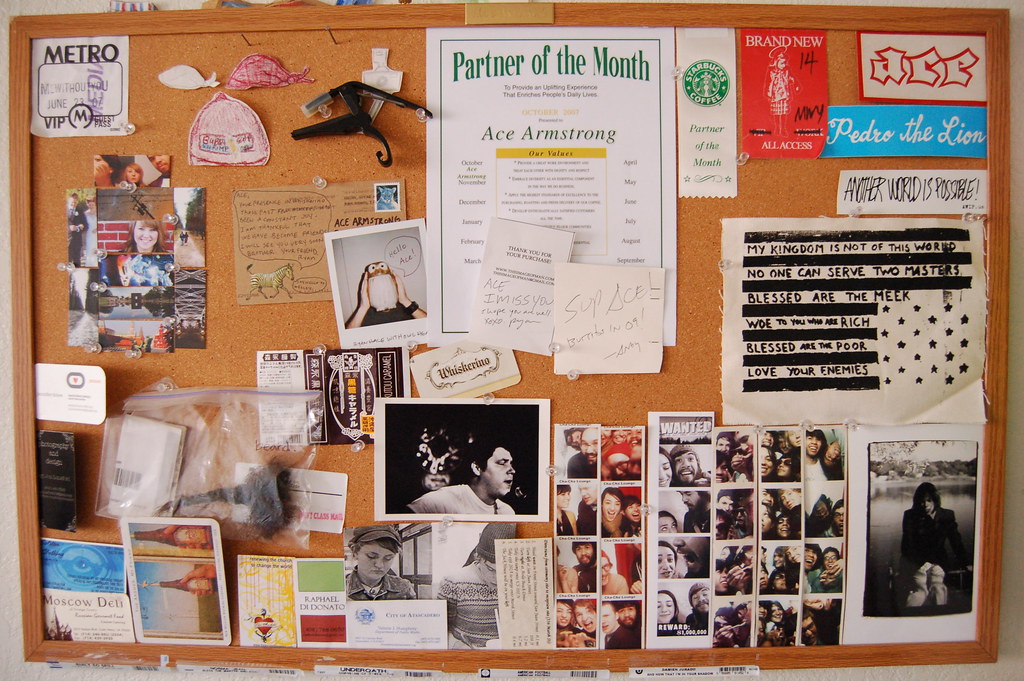
Offices once relied on physical bulletin boards where all the important memos, updates, and announcements were pinned up for everyone to see. Now, everything’s shared on digital screens or through apps, and it’s easy to update or remove something in real time. But there’s something nostalgic about the old-school pin-up, where the office could all gather around the board to catch up on news, events, and who had the best potluck lunch.
Office Politics with Coffee Breaks
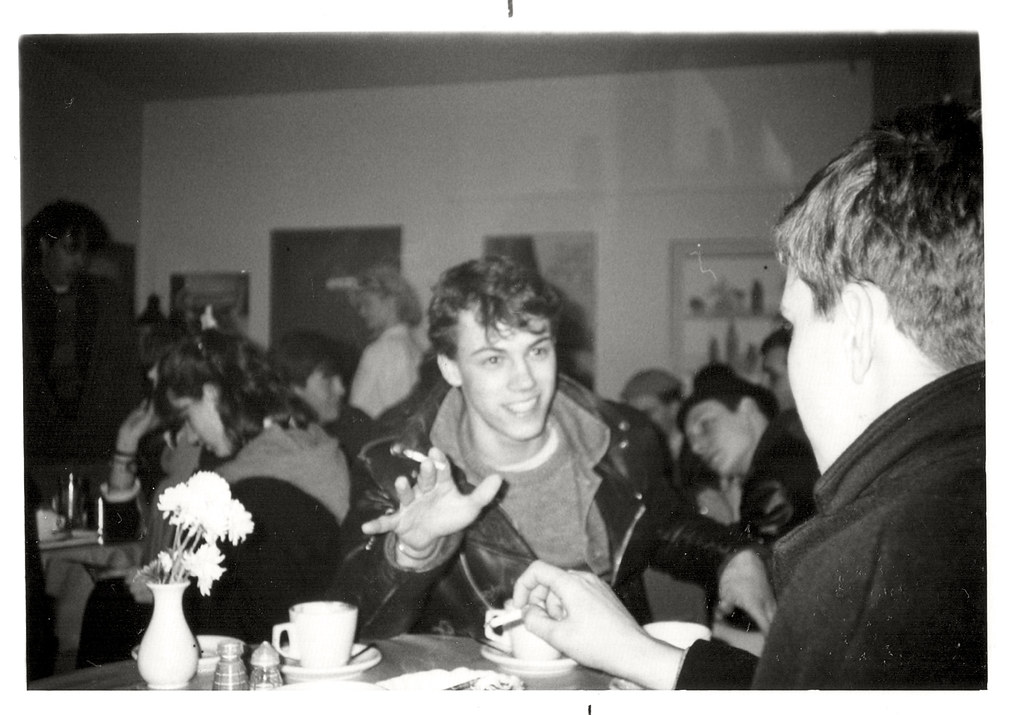
Coffee breaks used to be where the magic happened—networking, gossiping, and making deals over a cup of joe. But these days, with remote work and flexible hours, that in-person coffee break has pretty much disappeared. Sure, we still have virtual coffee chats, but there’s just something about bonding with coworkers in person over a hot mug that’s been lost in the mix.
Carrying Physical Business Cards
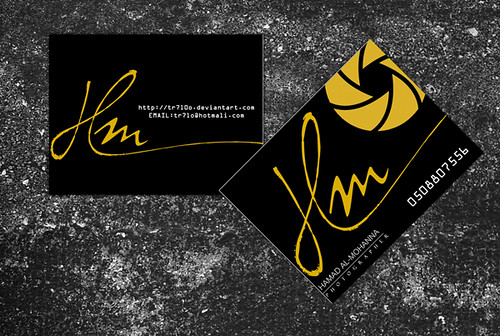
People used to swap business cards at every meeting, conference, or social event. But now, with digital platforms like LinkedIn, sharing contact information has never been easier. Just connect, click, and boom—you’ve exchanged details without needing to hand over a piece of paper. While business cards are still around, the way we network has definitely gone digital-first.
Manual Payroll Processing
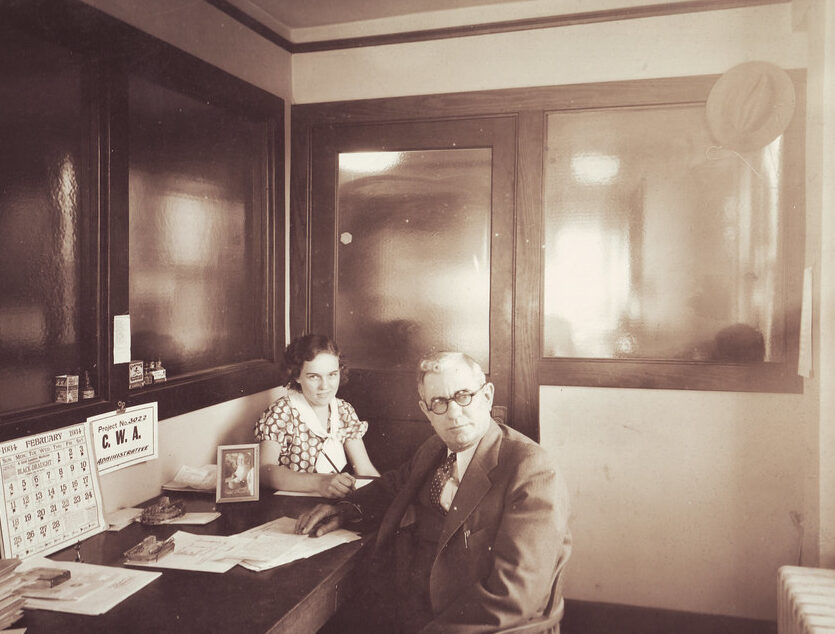
Back in the day, payroll meant piles of paperwork and manual calculations. Someone had to go through each person’s hours, apply deductions, and cut physical checks. Today, payroll software does all that with just a click, and some companies even use direct deposit to get employees paid faster than ever. It’s a huge time-saver and makes everyone’s life a lot easier, especially when payday rolls around.
